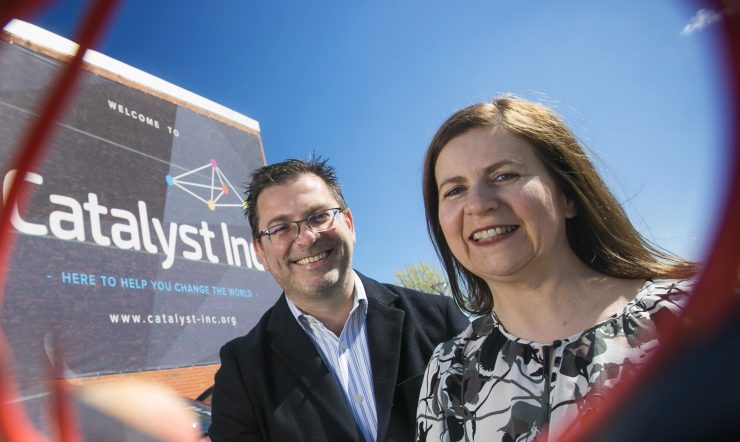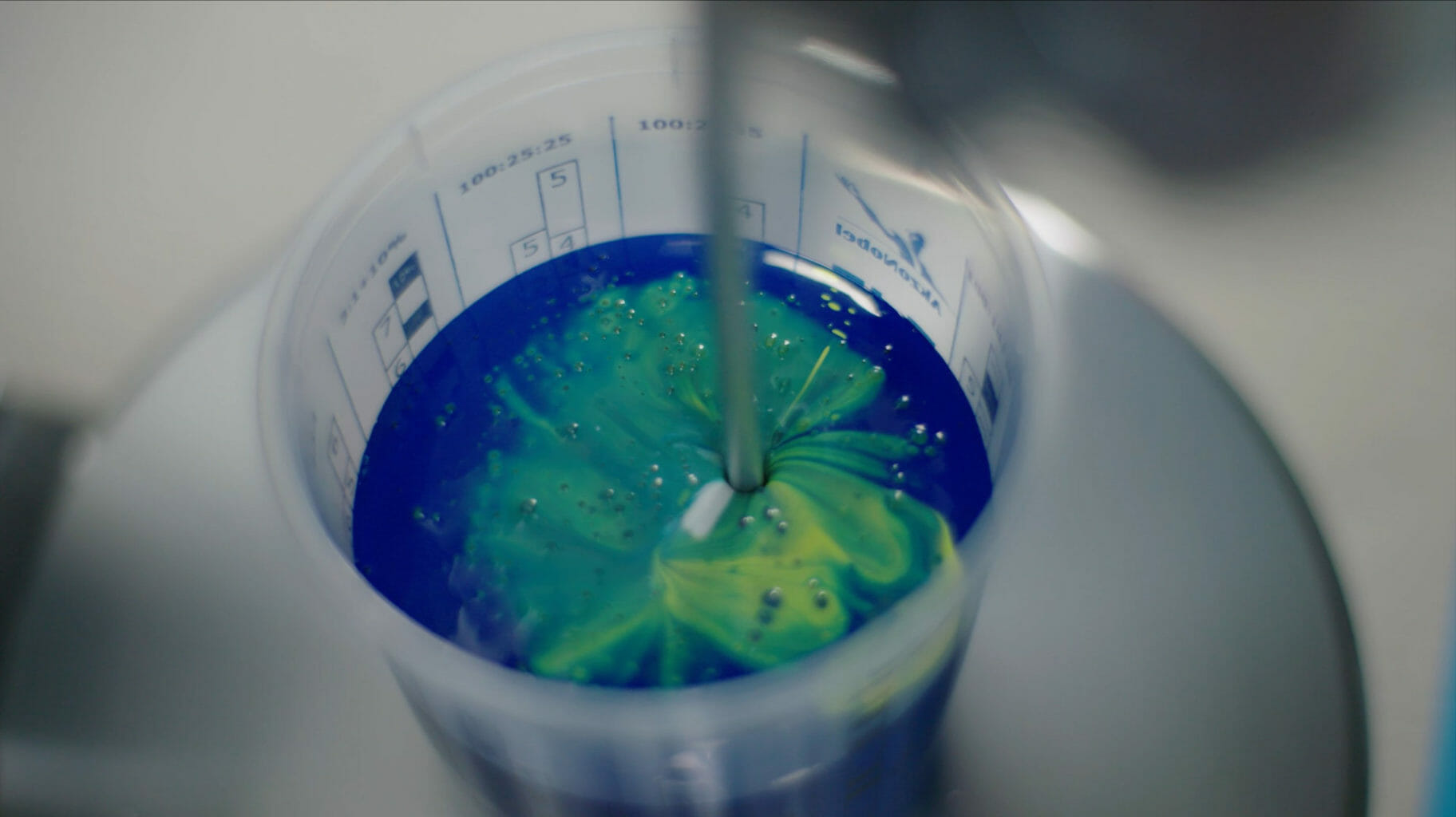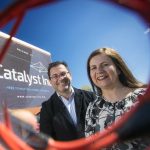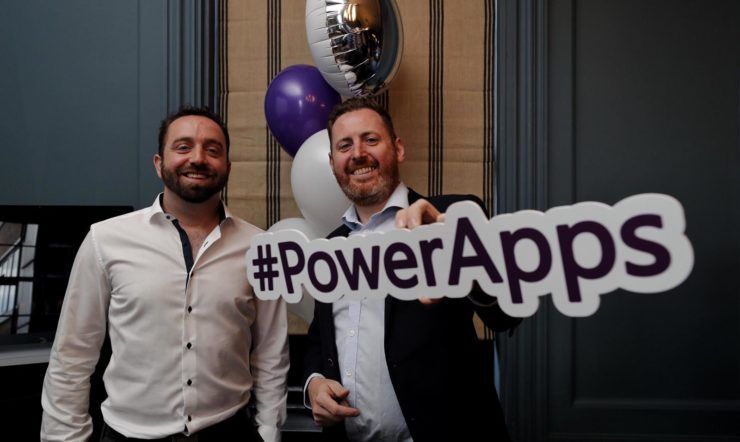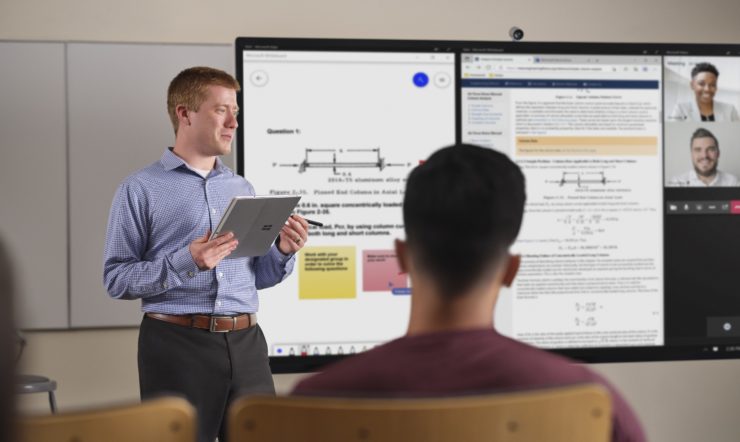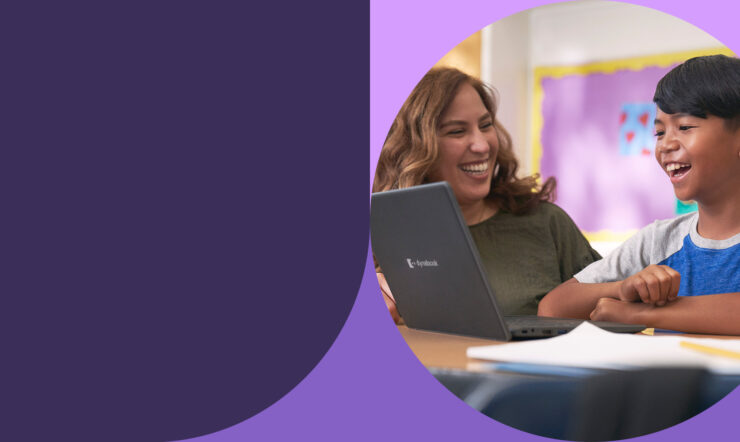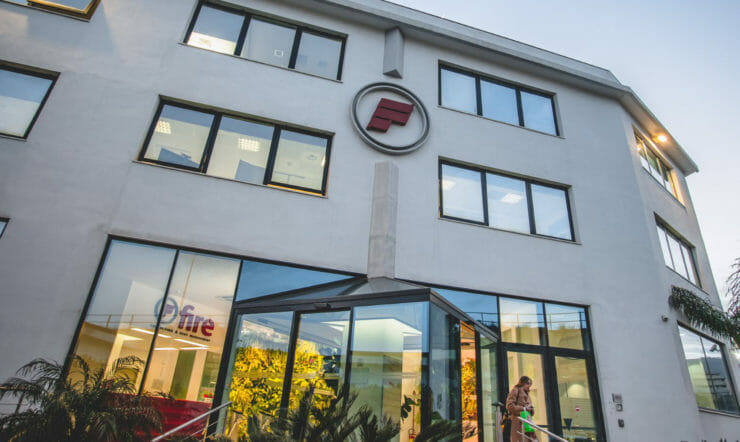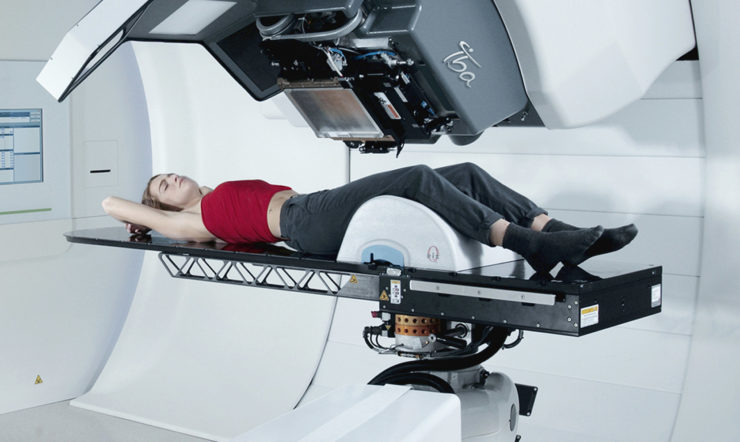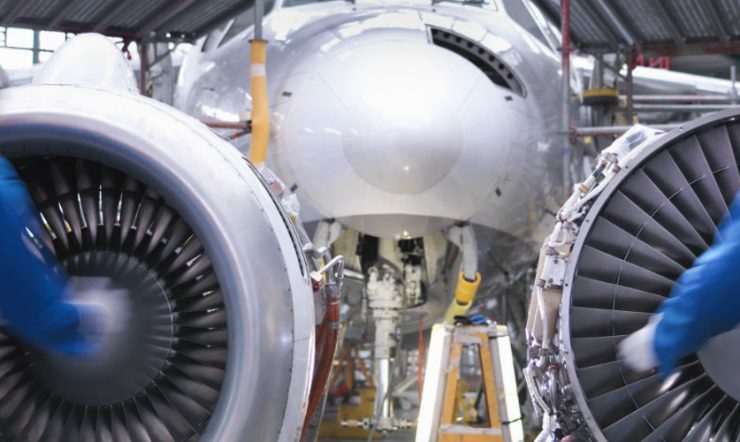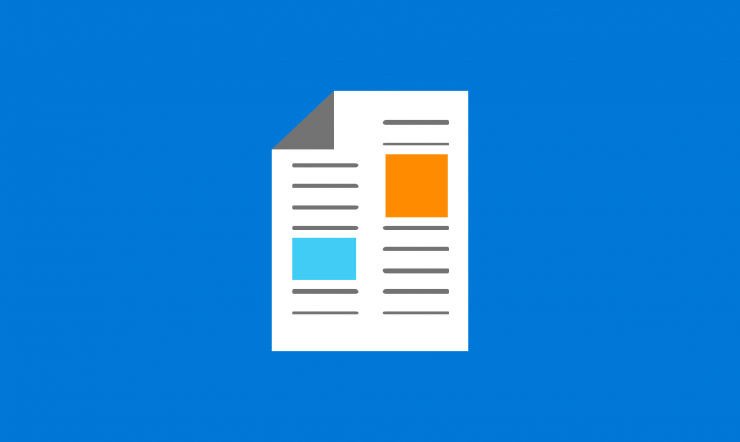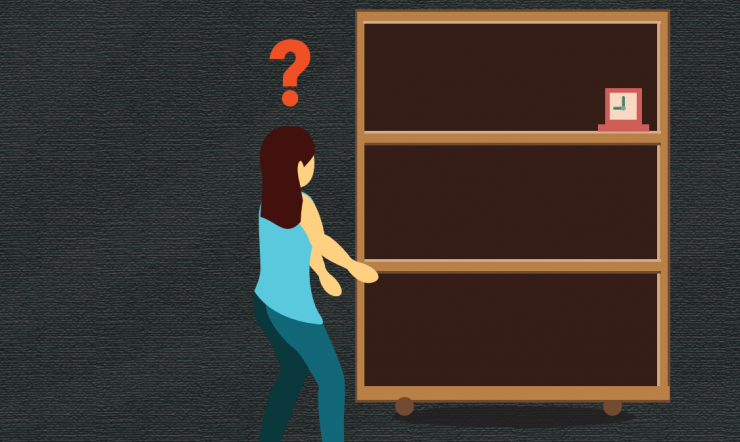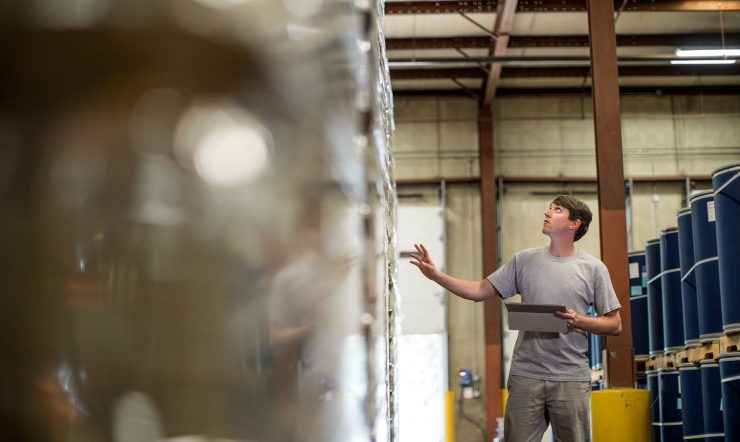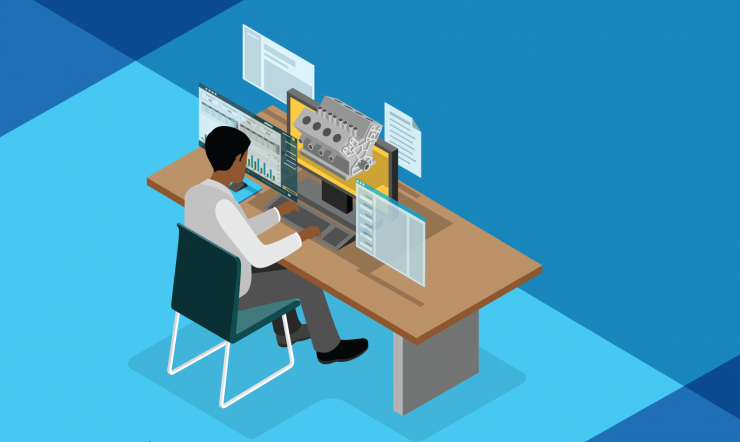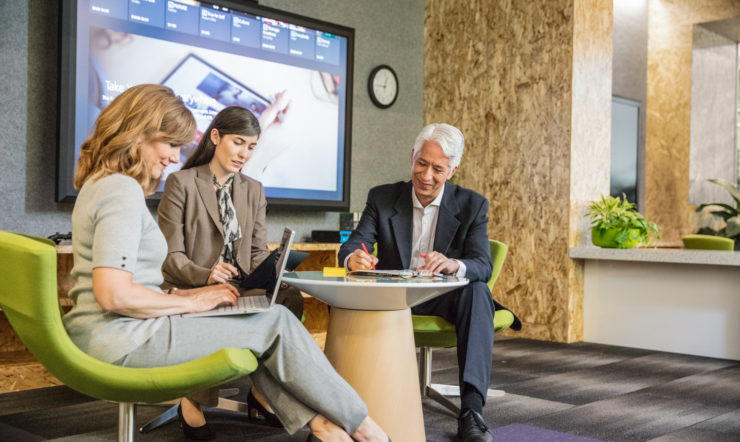Perceived wisdom often holds that if something isn’t broken, then you shouldn’t fix it. At first glance, this would seem especially true when you’re already an industry leader.
Why change something that’s already working well and giving you a competitive advantage over an industry full of companies trying to supersede you?
The answer lies in the fact that it’s no longer an option to stick with what you’re doing, no matter how well that’s going for you as a company. Times have changed and if you want to continue to lead the way, you need to innovate.
That means being open to new ways of doing things – and using technology to help you get there.
Overcoming the barriers to change
It’s not always easy to take the initiative and become an innovator. It takes guts – and a will to continually push boundaries.
Take the example of AkzoNobel. The Dutch company with a passion for paint has been proudly creating household brand names like Dulux and Polyfilla for many years. And as paint and color trends are ever-evolving, the process of color prediction is a critical part of the company being able to quickly meet modern demands as they emerge.
So, when AkzoNobel started to think about how to evolve their tried-and-tested method of color prediction, the suggestion of turning to machine learning technology powered by Microsoft Azure wasn’t initially welcomed with open arms by everyone at their labs.
“In the beginning, we were quite sceptical about machine learning technology and what it could really do for us,” says Rob Reijers, AkzoNobel’s manager of global color apps development. “We always thought that our physical models” – which form the basis for the company’s ability to predict color accurately – “were the best that we could have.”
“So why would we change?”
Innovation is the key to staying on top
The paint industry is an incredibly competitive landscape. New colors emerge every day and manufacturers in the car and other industries constantly dream up new finishes to give their models an edge on the competition.
That’s why staying innovative has never been more important for AkzoNobel. And their use of machine learning has helped them to do that.
“We were really surprised by the incredible accuracy of the results we could achieve with machine learning technology, and also by how quickly we could get these results,” says Reijers.
“The whole experience completely changed my viewpoint on using machine learning. It has allowed us to be much more creative.”
Read the full AkzoNobel story and discover how the Dutch paint company became more creative than ever by using machine learning technology.
Creating new business models
Another company that has benefited from taking a bold approach to digital innovation is Eneco subsidiary, AgroEnergy.
The Dutch company has specialised in the optimal running of greenhouses for decades. But in recent times, it has become an agricultural tech market leader on the back of its ground-breaking use of machine learning technology and AI.
As the company shifted from being a single-minded energy company to a modern, data-driven service provider, they realised that the tech services they now offered their greenhouse customers could lead to the creation of an entirely new company.
“There was this eureka moment when we realised that this was so much more than we ever thought it would be,” says Laurens van der Spek, Head of Technology at AgroEnergy.
And the key to arriving at that eureka moment was having the bravery and initiative to challenge the established way they were doing things – and make a change that would introduce new innovations to their already successful company.
